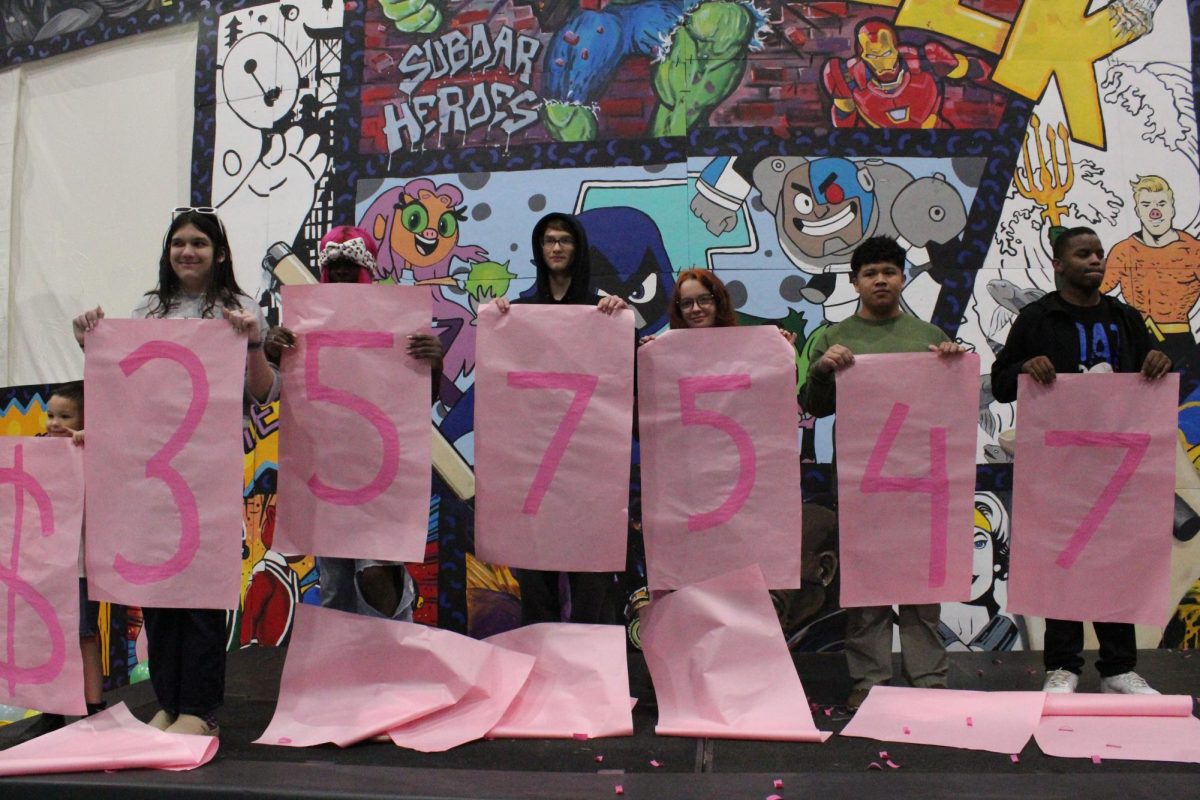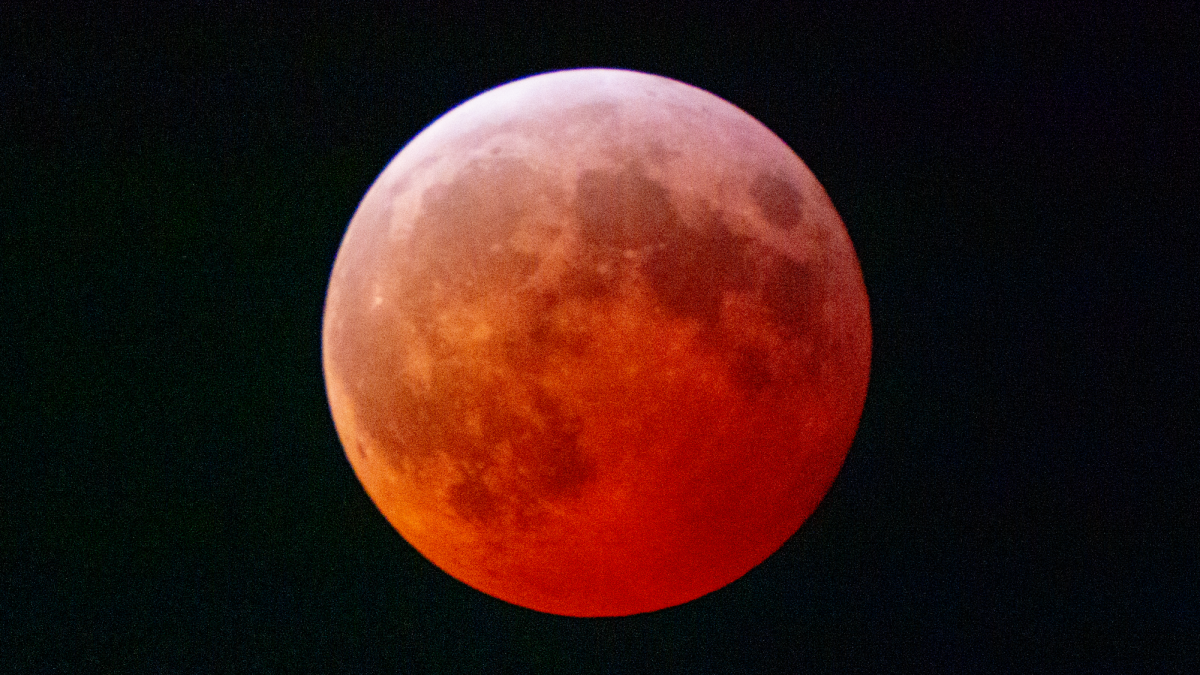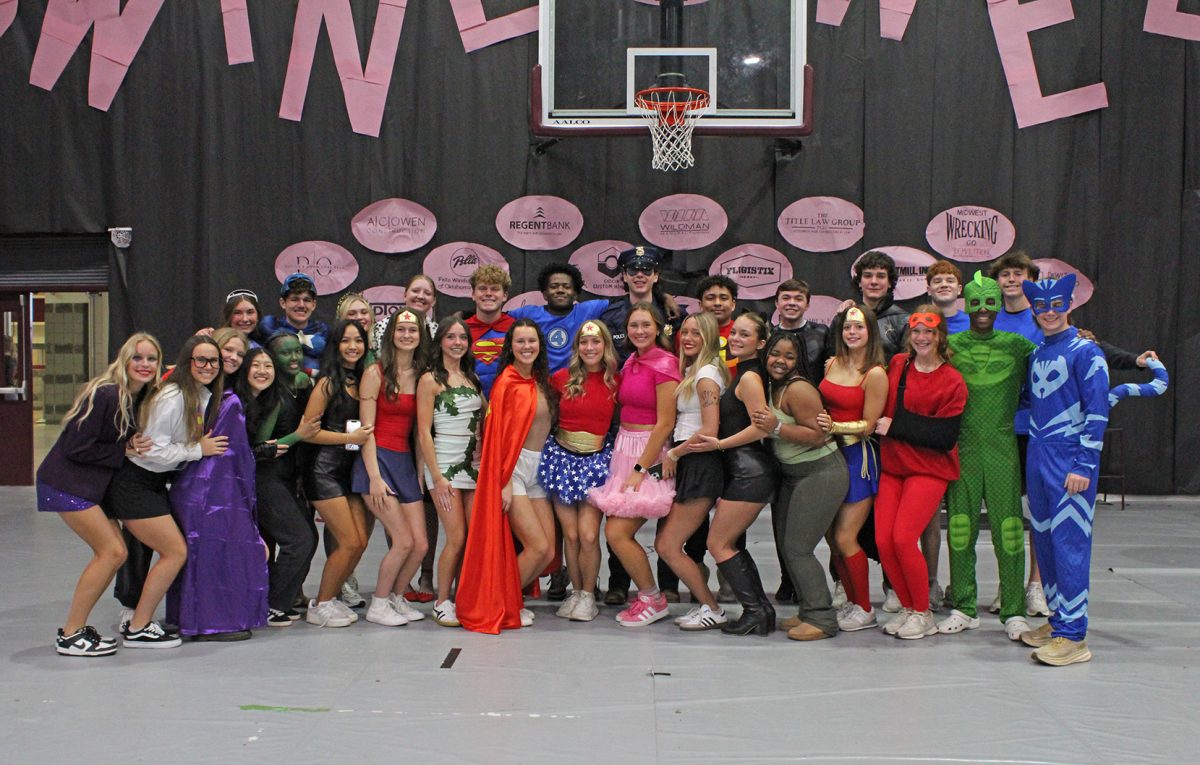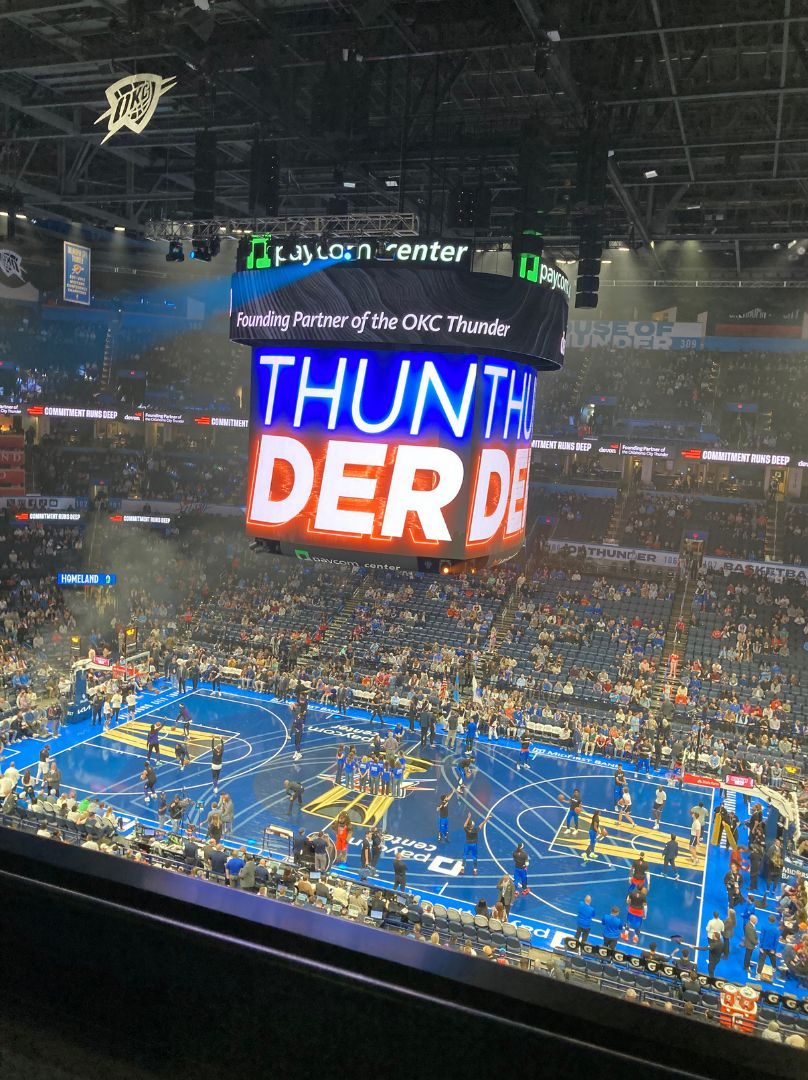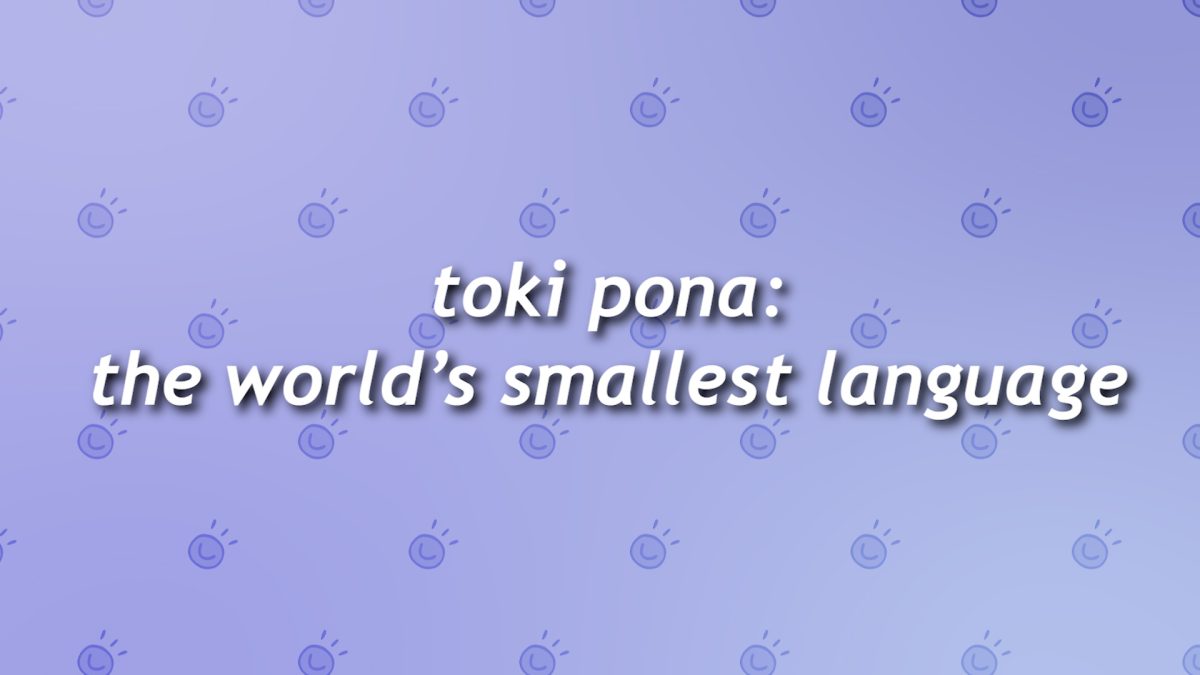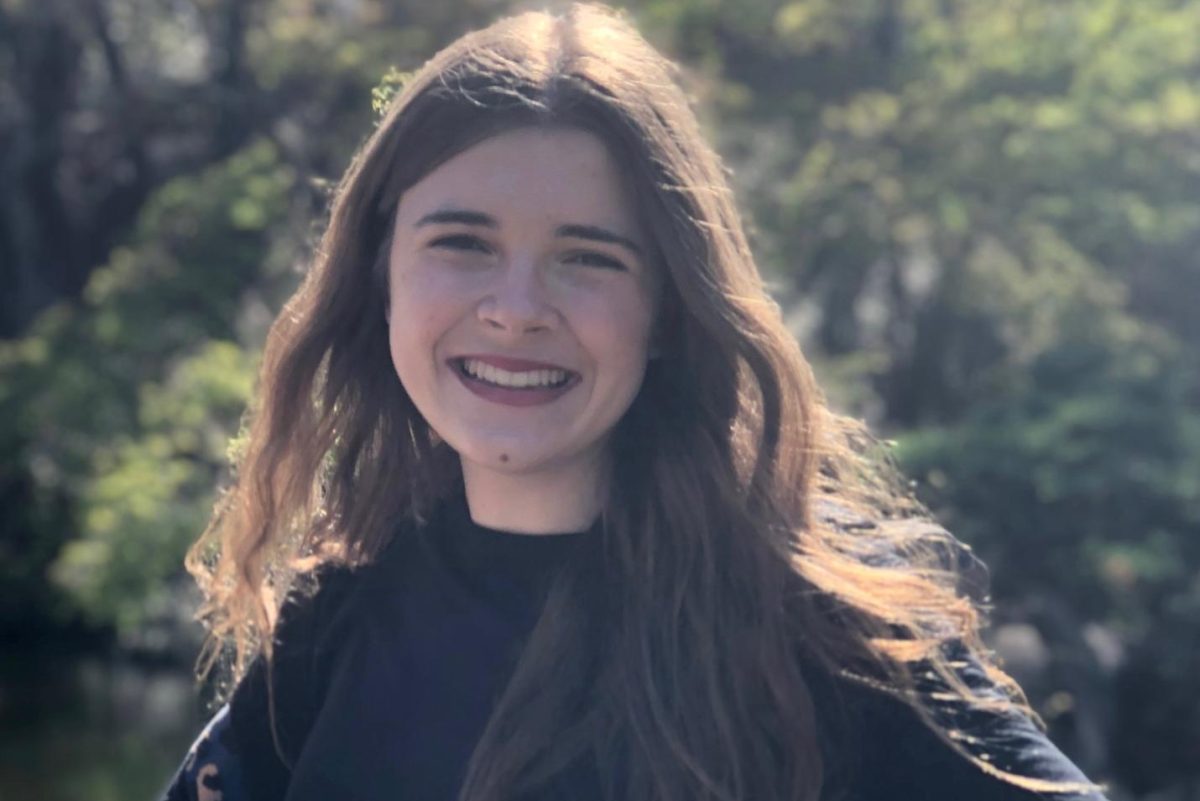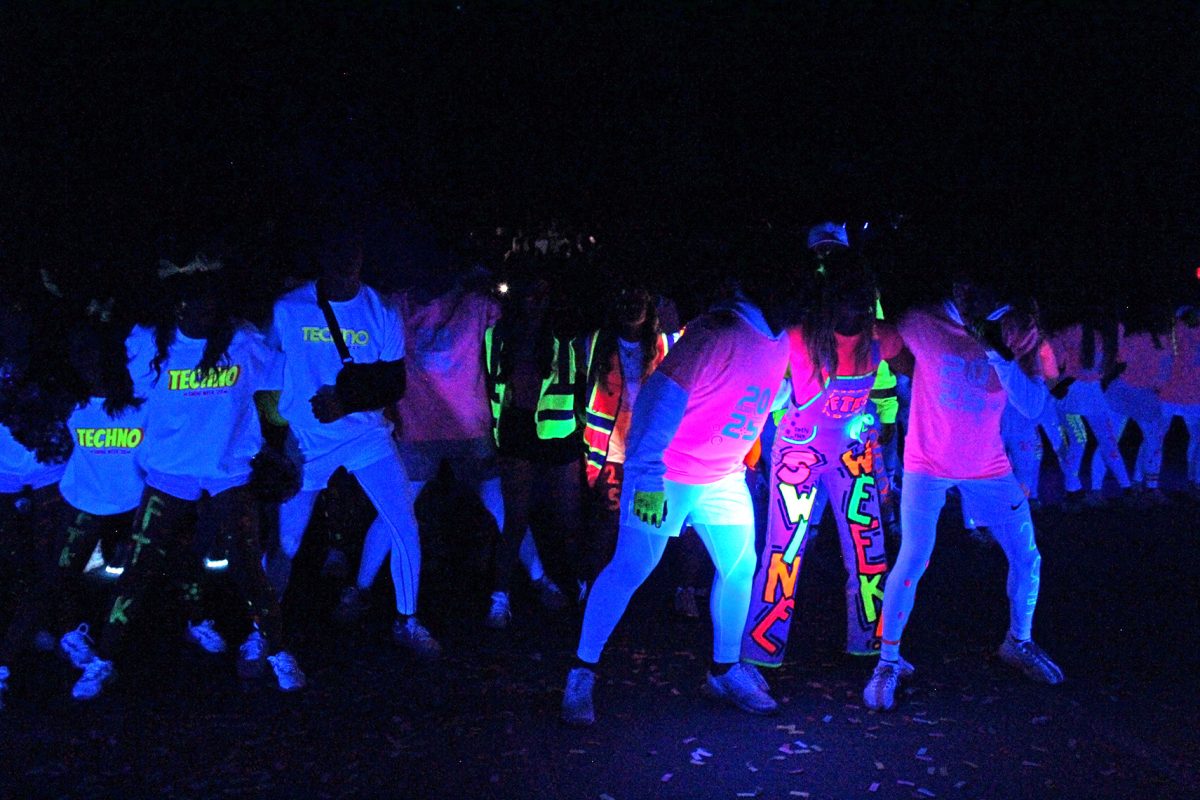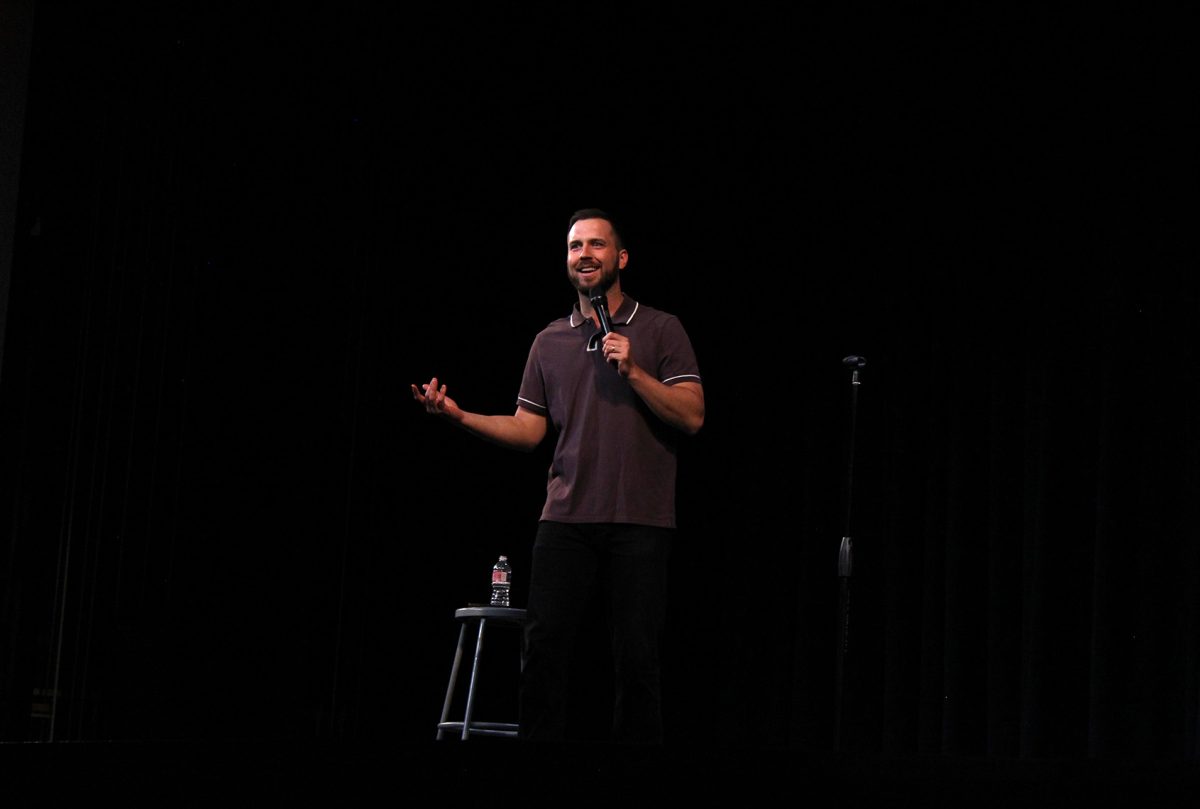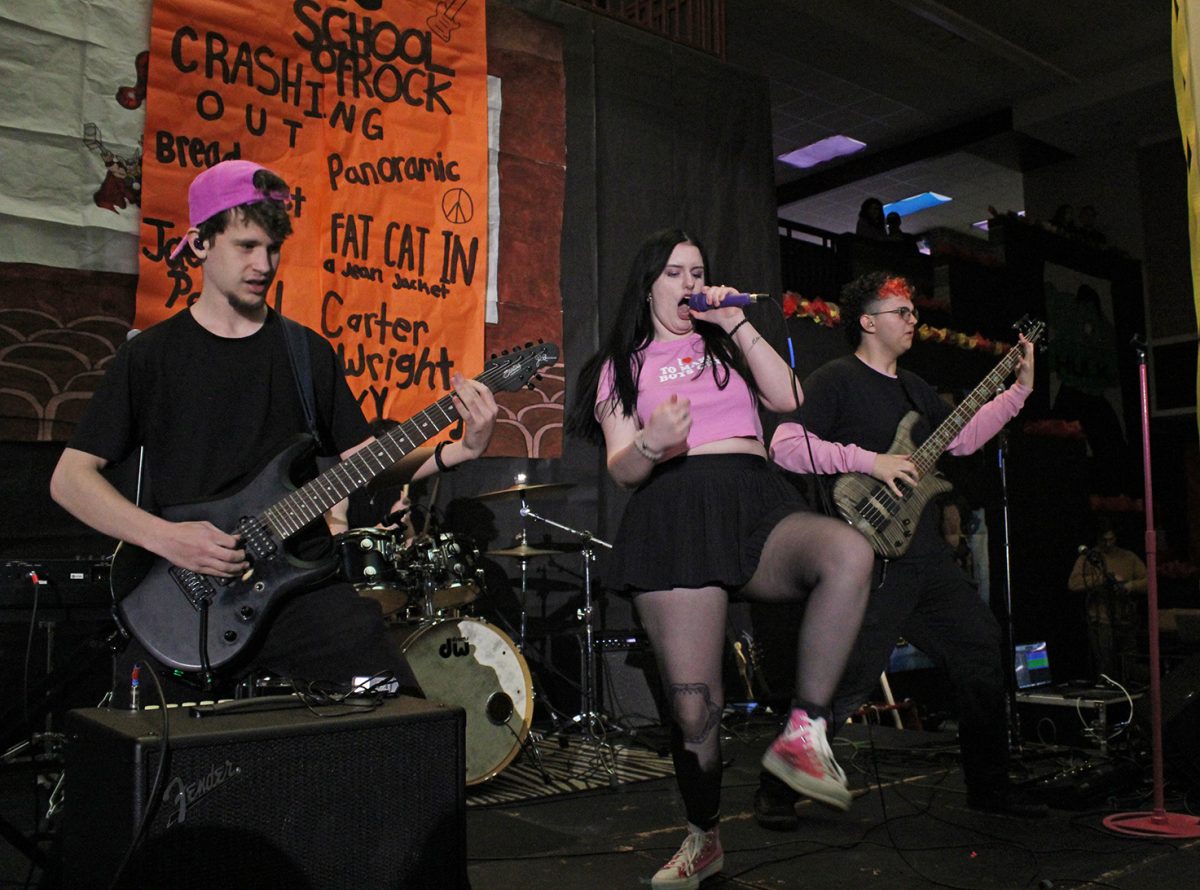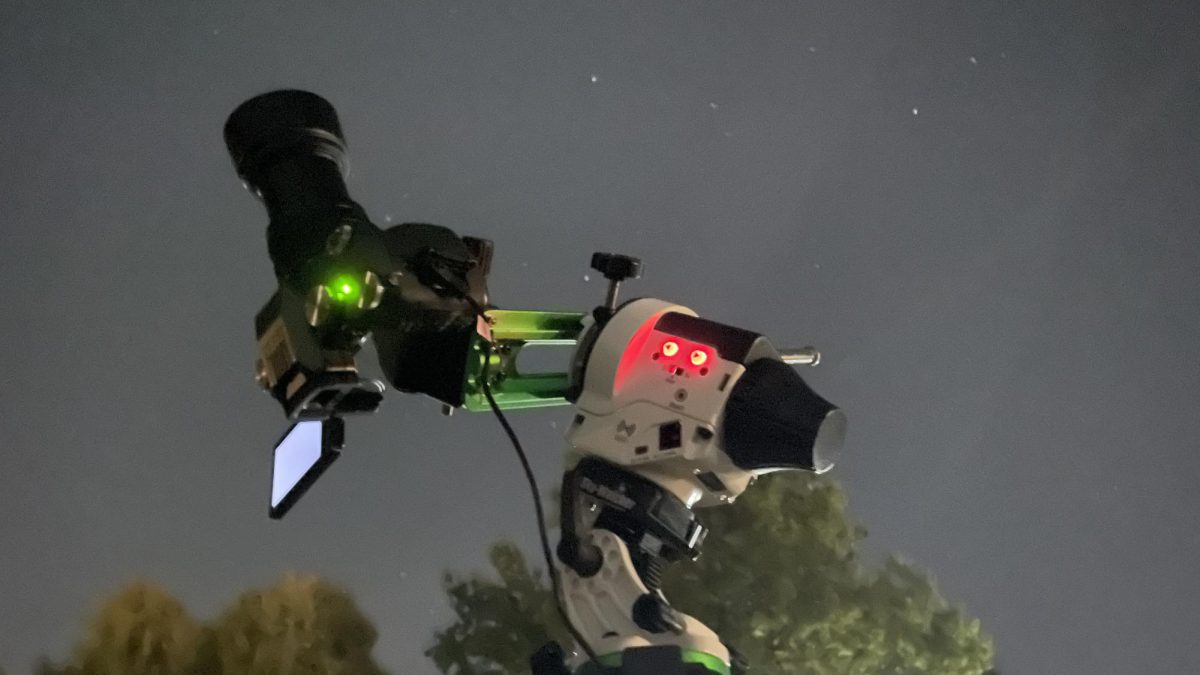The enduring alternative rock icons, the Pixies, have returned with their horror-themed ninth studio album, “The Night the Zombies Came,” just in time for Halloween. Since the band’s peak in the late 1980s and early 1990s, it has, for the most part, gone under the radar despite the three albums they have released in the past decade. However, “The Night the Zombies Came” is sure to break this trend as it incorporates new horror-inspired themes and musical styles into the band’s well-defined sound.
The first three songs of this album stuck out and were the highlights of the record. Beginning with the song “Primrose,” the album starts off melancholic, even coming across as gentle. It sets up the spooky tone of the project before immediately bursting into “You’re So Impatient,” which reminds the listener that this is, in fact, a Pixies album. Joey Santiago’s chaotic but unobtrusive guitar style was extremely prevalent throughout this track, and Black Francis’ singing could draw just about anyone in with his distinct vocal style and lyrical choices. With the next song, “Jane (The Night the Zombies Came),” it slows down again, driving the horror aspect with its foreboding lyricism. It deserves its spot as the title track, as it set the tone for the rest of the album and pushed the boundaries of the Pixies’ previously established style.
The middle of the album moves with high energy and a spitfire temperament, racing from one song to the next at breakneck speeds. While the energy is nothing to complain about, the critique can be made that it moves a bit too fast. It is as if the record is over before the needle has even dropped. Towards the third quarter, it is difficult to discern between tracks, especially concerning “Johnny Good Man,” “Motoroller” and “Oyster Beds.” While they are all solid on their own, they are more like singles than pieces of an album because they do not seem to connect to one another. Some parts of the project seem as if they are simply a skeleton of a fully fleshed-out project. It needs more connective tissue, which could have been accomplished by hypothetical slower songs. Unfortunately, this part of the album fell flat.
In terms of musicianship itself, there is not an issue with a lack of skill coming from any of the band members. The album is the first of the Pixies that includes Emma Richardson, the bassist from Band of Skulls, who is a fresh face after 13 years with Paz Lenchantin as their touring bassist. As a bassist myself, I have always admired the Pixies for the use of the instrument in just about all of their songs. It is uncommon for alternative rock bands to pay any mind to the bass as a major instrument. More often than not, it is marked off as part of the rhythm section and is used in a way that forces it to fade into the background. The Pixies have never done that, and “The Night the Zombies Came” is no exception to this rule. The bass is prevalent toward the end, in “Ernest Evans,” “Kings of the Prairie” and “The Vegas Suite.” The use of the bass in “The Vegas Suite” added depth to the song that would have been missed had it not been as present as it was.
In the end, “The Night the Zombies Came” was an exceptional album. Starting and ending strong, the album was reminiscent of the Pixies’ older work like the 1989 album “Doolittle” and the 1991 album “Trompe le Monde” through the instrumentation and musicality used while still including fresh motifs and storytelling. Despite having four decades under their belt, the Pixies are not going anywhere anytime soon.
Contact Emma Lynch at ruffdraftemhs@edmondschools.net

